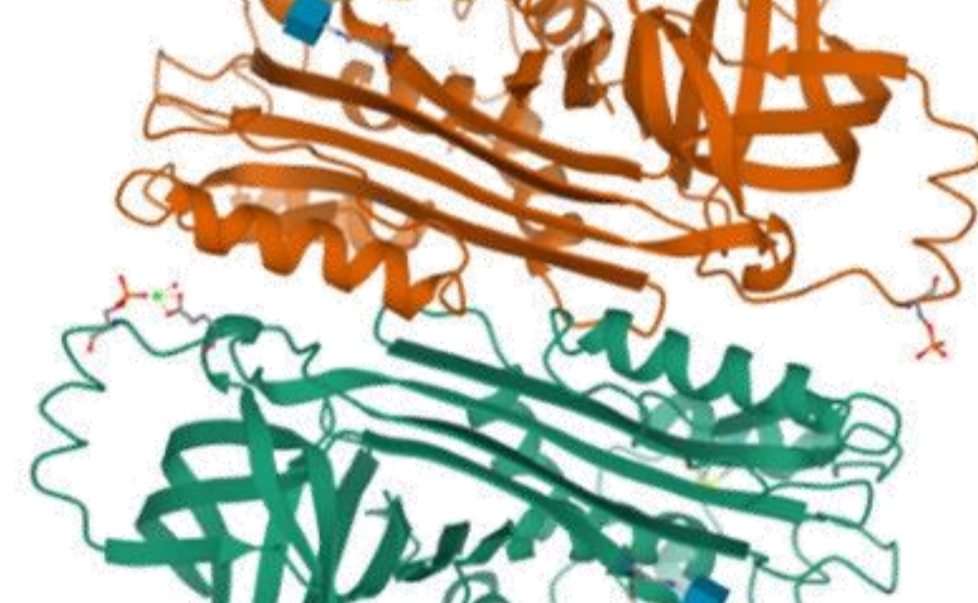UNAIR NEWS – Allergy is a condition caused by specific immunological reactions caused by allergens. Allergies that occur to human respiratory organs can manifest into allergic rhinitis and asthma. The prevalence of allergic rhinitis in Indonesia is quite high (Balitbangkes, 2007) while the prevalence of asthma in Indonesia is increasing every year (Balitbangkes, 2013). Therefore, three students of the Faculty of Veterinary Medicine (FKH) PSDKU UNAIR in Banyuwangi tried to conduct research on the potential of humic acid as anti-allergic agent. This research program was funded by the Ministry of Education and Culture in 2020.
The team consisting of Genoveva Callista Harelas (FKH 2017), Siti Abidah Alfirdausy (FKH 2017), Anneisya Surya Anjani (FKH 2018) under the guidance of lecturer, Faisal Fikri (Department of Veterinary Pharmacy). They succeeded in proving that allergy treatment using humic acid was very promising, so this research is needed in order to determine the potential use of humic acid as anti-allergic agent to ovalbumin-induced Rattus norvegicus.
Interviewed by UNAIR NEWS on Tuesday, December 1, 2020, Genoveva said that the prevalence of allergies continued to increase and reached 30-40% of the world’s population according to the World Allergy Organization (WAO) in 2011. Allergy, she continued, is the sixth main cause of chronic disease, which affects about 17% of the population in the United States.
“Allergy can be induced by giving ovalbumin, which is a protein derived from chicken egg white and play a role in stimulating an allergic response. A research using mice as an allergy model with chronic exposure showed intraperitoneal administration of ovalbumin and Al (OH) 3 followed by repeated exposure by inhalation resulted in increased serum IgE levels, IL-4 receptor expression, inflammatory cell infiltration and eosinophils, and epithelial thickening. goblet cell hyperplasia, and thickening of smooth muscle in the walls of the respiratory tract, “explained Genoveva.
Furthermore, Genoveva explained that the research has been carried out and the results showed humic acid has the potential to be anti-allergic agent by inhibiting the expression of the ICAM-1, VCAM-1 and E-selectin molecules which are mediators in the mechanism of allergy, besides humic acid is a stimulant. strong humoral immunity where the humoral immune response plays a role in the mechanism of allergy.
“The results of this research have potential to serve as published scientific articles. This research can also be useful as information, knowledge, and new research material that can be used by researchers. The next step we will do is to publish scientific articles in accredited national and international journals, ” she concluded.
Author: Muhammad Suryadiningrat
Editor: Nuri Hermawan





